This is the most well known type of assessment; it is used to sum up the performance or learning level achievement of a student. Some examples I used on my practicum include tests, quizzes, projects, activities, and labs. One form of assessment that I found particularly useful was projects. Throughout my practicum I used a variety of projects to not only assess my students but to get them engaged into the course. These projects allowed students to utilize the different skills and talents they had-something they normally wouldn’t do in a science class. Administering these projects was very time consuming as a lot of planning was required. However, the results indicated they were well worth it; not only did the projects themselves turn out great but on quizzes and tests, as well as through informal observations I realized the students level of understanding relating to the topics covered in the projects was better than the areas not covered. Outlined below are two of the projects I assigned to my Science 10 class.
Their second project was done in pairs. They were to create a children’s book based on how energy is transferred within an ecosystem (see handout below for details).
 Mendeleev’s Periodic Table: An Unexpected Journey
Mendeleev’s Periodic Table: An Unexpected Journey 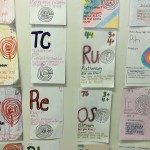
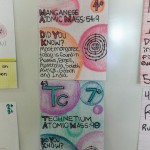
Their final project was a collaborative effort. As a class they were to recreate the periodic table of elements but each group was assigned a set of elements they were to be responsible for (see handout below for details).

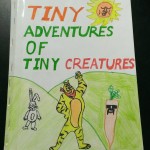


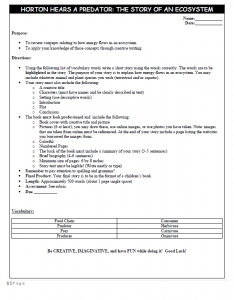
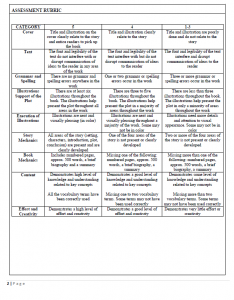
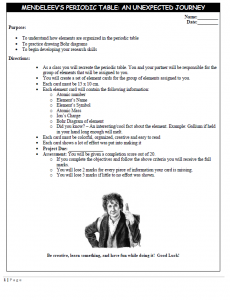
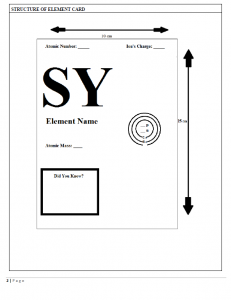
Assessment of Learning is essential for evaluating students’ understanding and progress. Creating visual tools like concept maps can make learning connections clearer and improve comprehension. Using concept map online help can assist in organizing ideas, researching effectively, and developing a structured approach to studying. This method enhances retention and critical thinking, making assessments more meaningful and productive.